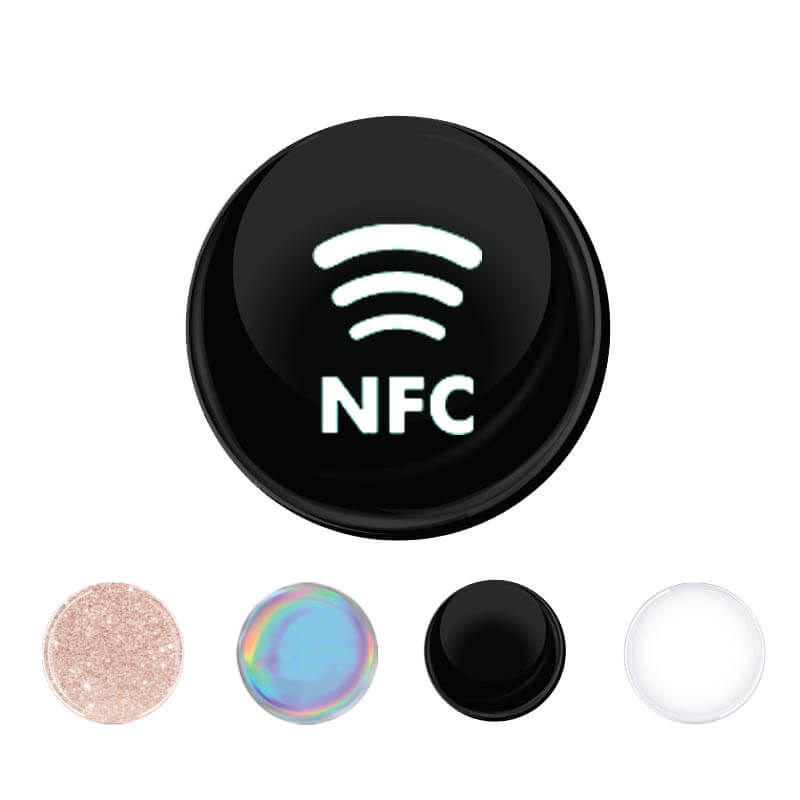RFID, or Radio Frequency Identification, is a technology that has revolutionized data collection and management in various industries. It uses electromagnetic fields to automatically identify and track tags attached to objects, improving accuracy and efficiency.
On the other hand, data analytics deals with analyzing raw data to make reliable conclusions, necessary for guiding decision-making processes. It enables organizations to understand their operations, customers, & markets better, leading to improved strategies.
The intersection of these two areas has revolutionized business operations. It has reshaped how businesses operate, providing valuable insights that were previously unattainable. This article explores the role of RFID in data analytics.
RFID and Data Generation
RFID technology operates on a simple yet effective principle, consisting of two main components:
- RFID tag
- RFID reader
The tag is attached to the object being tracked and holds a microchip that stores information about the object. On the other hand, the reader emits radio waves that activate the tag.
There are three types of RFID systems:
- Active
- Passive
- Battery-assisted passive (BAP)
Active RFID tags have their power source, allowing them to transmit signals over long distances. This makes them ideal for tracking large assets like vehicles.
On the other hand, Passive RFID tags don’t have a power source. Instead, they draw power from the radio waves emitted by the reader to transmit their information. BAP tags combine elements of both types, using a small battery to enhance the range and reliability of passive tags.
The data generated by RFID systems is highly valuable. For example, RFID tags can provide real-time location data for containers or pallets. They can also monitor environmental conditions like temperature and humidity, aiding cargo management.
Moreover, RFID systems capture time-stamp data, offering precise records of when each tag was read. This enables accurate product tracking throughout the supply chain or monitoring of customer dwell time in different areas of a store.
Essentially, RFID technology serves as a powerful tool for generating accurate & real-time data across numerous applications. This data serves as the foundation for data analytics, providing valuable insights that drive decision-making and shape strategies in various industries.
RFID in Data Analytics – How Are They Related?
RFID (Radio Frequency Identification) technology and data analytics are intrinsically linked, with one feeding into the other to create a powerful tool for businesses. The connection between these two elements forms the backbone of many modern operational strategies, particularly in industries like retail, logistics, and manufacturing.
The data generated by RFID technology holds tremendous potential for businesses when it comes to data analytics. By analyzing this data, companies can unlock valuable insights that drive operational optimization, enhance customer satisfaction, and boost revenue. Let’s explore some specific use cases where RFID data analytics can make a difference:
- Inventory Management. With RFID tags attached to items, retailers and warehouses can track the real-time location of each product. This provides an accurate and up-to-date overview of inventory levels, enabling businesses to avoid stockouts or overstocks. For example, if data analysis indicates that a particular product is selling faster than anticipated, prompt reordering can prevent stockouts and meet customer demand.
- Supply Chain Optimization. RFID tags can be employed to track products as they traverse the supply chain, from manufacturing to delivery. By analyzing this data, businesses can identify bottlenecks & inefficiencies, streamlining operations and reducing costs. For instance, if data analysis reveals recurring delays at a specific warehouse, businesses can investigate and rectify the issue, optimizing the overall supply chain.
- Asset Tracking and Management. RFID tags enable businesses to monitor valuable assets like equipment or vehicles. This data provides insights into asset usage patterns, facilitating efficient scheduling and maintenance. For instance, if data reveals that certain machinery remains idle for extended periods, businesses can adjust usage to maximize efficiency and minimize downtime.
- Customer Behavior Analysis. In the retail sector, RFID technology can be leveraged to track customer interactions with products. By attaching RFID tags to items, retailers can monitor customer behavior, including product selection, dwell time, and purchase decisions. Analyzing this data offers valuable insights into customer preferences, guiding decisions regarding store layout, product placement, and targeted marketing strategies.
In each of these use cases, the true power lies not just in collecting data but in its analysis. Employing data analytics techniques to interpret RFID data unveils hidden patterns and trends. These insights drive informed decision-making, leading to improved operational efficiency and increased profitability.
By harnessing the potential of RFID data analytics, businesses can unlock a wealth of valuable insights that shape their strategies, improve operations, and ultimately create a more successful and customer-centric enterprise.
Advantages of Using RFID in Data Analytics
RFID technology, when combined with data analytics, offers numerous benefits to businesses across various sectors. Here are some key advantages:
- Increased Accuracy. RFID technology can provide more accurate data compared to other data collection methods. For instance, barcode scanning requires line-of-sight and can be prone to human error.
- Real-Time Data Availability. This enables businesses to make timely decisions based on the most current information, whether it’s reordering stock, rerouting shipments, or adjusting production schedules.
- Improved Decision-Making. With the wealth of data provided by RFID technology, businesses can gain deeper insights into their operations.
- Enhanced Operational Efficiency. RFID data can help streamline processes and improve productivity. For example, in a warehouse, RFID technology can quickly locate a specific item among thousands, saving time and labor. In a retail setting, it can automate inventory management, freeing up staff to focus on customer service.
- Customer Satisfaction. By improving inventory management and streamlining operations, businesses can provide better service to their customers. For instance, retailers can ensure popular items are always in stock, and logistics companies can provide accurate delivery estimates.
The Future of RFID in Data Analytics
The future of RFID in data analytics holds immense promise, with ample room for growth and innovation. For example, businesses can combine RFID with IoT devices equipped with RFID readers, creating a vast network that collects data from tagged objects.
Overall, the future of RFID in data analytics appears bright and promising. The combination of these two technologies (RFID and Data Analytics) will revolutionize how businesses operate, improving efficiency, customer satisfaction, & overall profitability.











